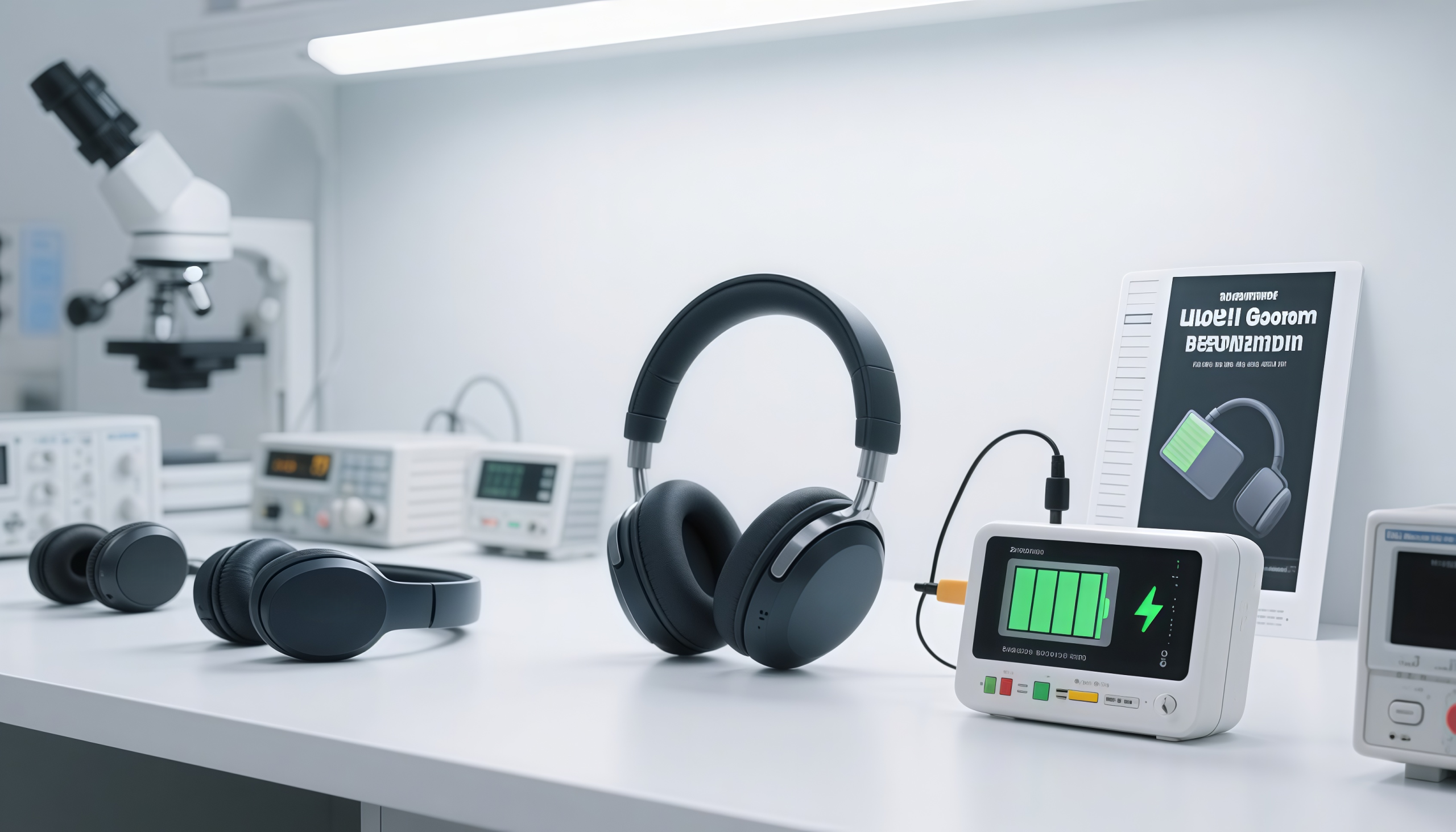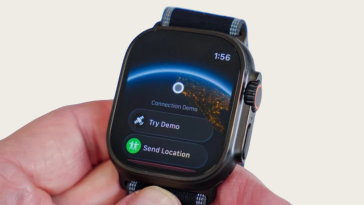With wireless earphones becoming an essential daily companion, consumers often expect long-lasting battery life and seamless sound quality. Yet, many users experience frustration when their new earphones don’t live up to the hype—especially regarding battery runtime and annoying sound leakage.
Are Earphone Battery Life Claims Too Good to Be True?
Recent testing by SoundGuys, evaluating over 200 headphone products, reveals a mixed picture: while most headphone battery life claims are roughly realistic, wireless earbuds often fall short in practical use1. Many manufacturers advertise battery longevity under ideal lab conditions that don’t reflect real-world scenarios.
For example, brands might list battery duration with active noise cancellation (ANC) turned off or at 50% volume, while everyday use often involves ANC on and higher volume levels—both of which drain battery faster1. Moreover, some companies misleadingly lump the charging case capacity together with earbud runtime, inflating their advertised numbers23.
Why Do Wireless Earbud Batteries Degrade So Quickly?
A groundbreaking study by the University of Texas at Austin uncovered the underlying reasons why wireless earbud batteries lose capacity faster than expected. The tiny batteries reside in a complex “microenvironment” packed tightly with heat-generating components such as Bluetooth antennas, microphones, and circuits. This causes uneven temperature gradients within the battery cells, accelerating degradation45.
Additional factors include daily temperature variations, moisture, and the physical constraints of miniaturized designs—all contributing to a steeper battery decline compared to traditional lab tests. Remarkably, worn-out batteries can lose two-thirds or more of their initial capacity within a couple of years, meaning earbuds advertised for 8 hours on a charge may barely offer 6 hours in practice after some time45.
The Overlooked Issue of Sound Leakage
Apart from battery woes, sound leakage remains a persistent problem, especially in open-fit or open-back style earphones. This leakage not only disturbs people nearby but also diminishes listening privacy and audio immersion.
Advanced directional audio technologies have emerged to address this by focusing sound more directly into the ear canal; however, many affordable models still suffer from significant leakage due to their open design and subpar engineering.
What Should Consumers Do?
To avoid disappointment and get the best value:
- Check independent reviews and lab tests focusing on real-world battery performance, not just manufacturer claims12.
- Prefer earphones featuring Bluetooth 5.4+ chipsets, which enhance energy efficiency and connection stability, thus protecting battery life.
- Choose products from reputable brands that use advanced battery materials and optimized designs to minimize temperature stress and prolong lifespan5.
- For sound leakage, prioritize models with directional sound design or closed-back earcups to reduce noise spillover and maintain privacy.
Additionally, be wary of ultra-cheap earphones that often cut corners on battery quality and acoustic engineering, resulting in frequent replacements and unsatisfactory user experience.
In conclusion, while earphone battery life claims are generally not outright lies, they often represent ideal conditions that differ significantly from everyday usage. Combined with natural battery degradation and design-induced challenges like sound leakage, this means consumers must stay informed and cautious. Research-backed selections and realistic expectations are keys to enjoying your wireless audio devices fully and privately.
- https://www.soundguys.com/headphones-battery-life-compared-to-price-139341/
- https://www.youtube.com/watch?v=xeBYGPDv35A
- https://www.stellarmr.com/report/Wireless-Headphones-Market/2237
- https://ca.news.yahoo.com/not-just-headphone-batteries-really-111350916.html
- https://www.headphonesty.com/2025/02/wireless-earbuds-rigged-die-early-new-study/





 No products in the cart.
No products in the cart.